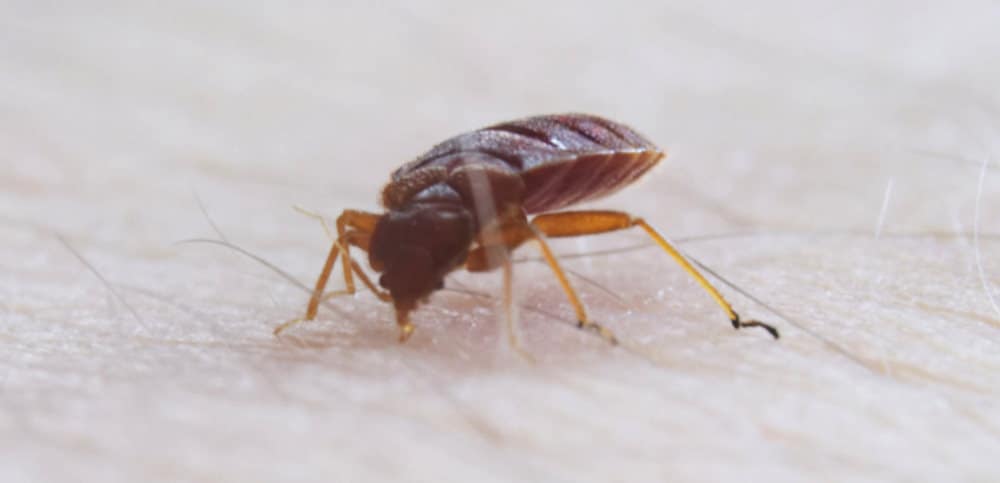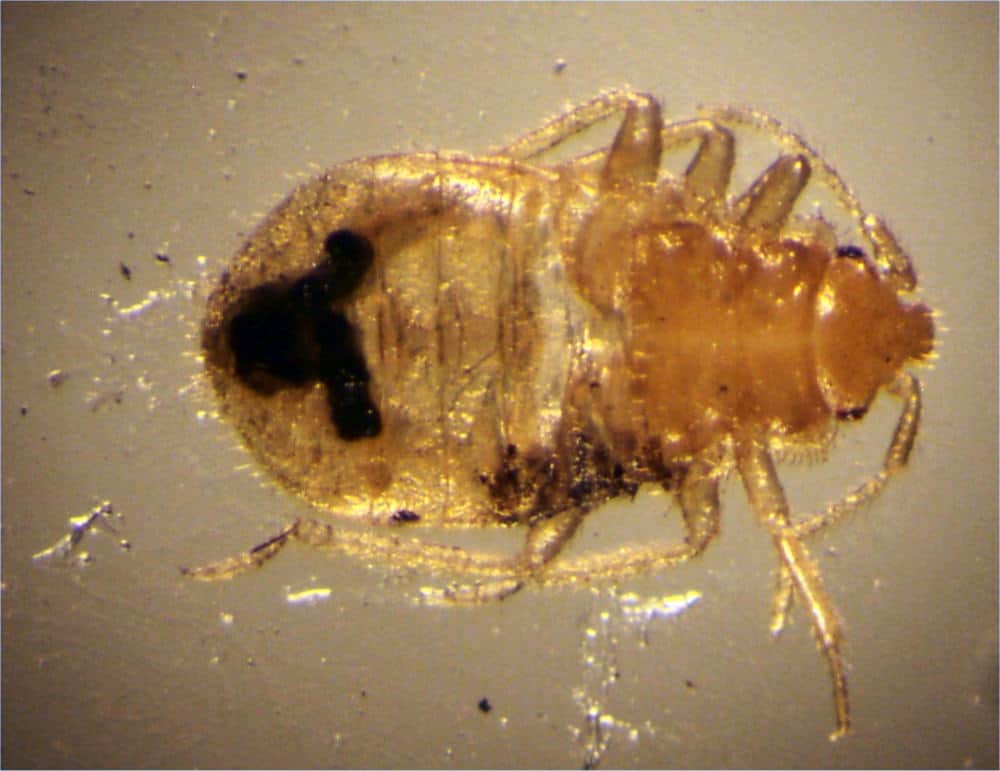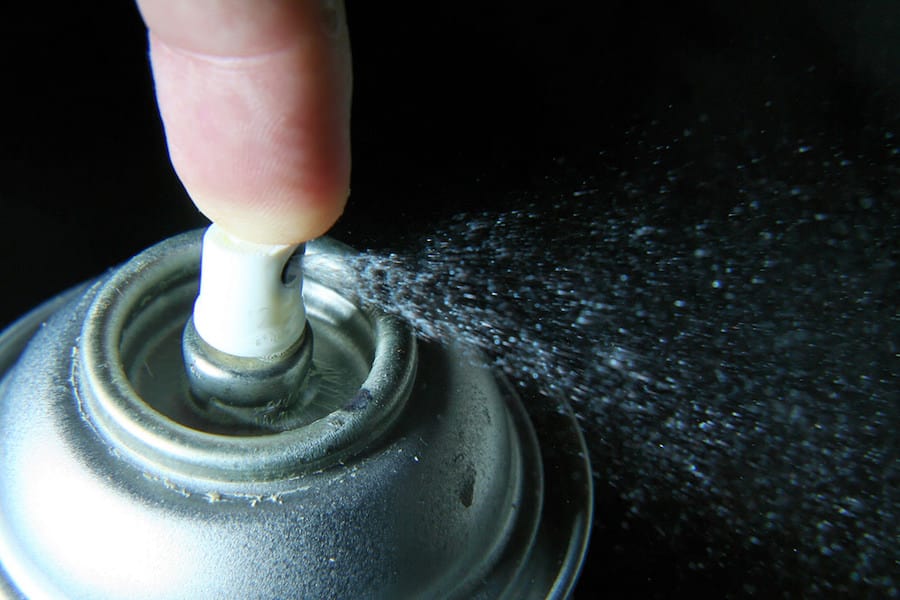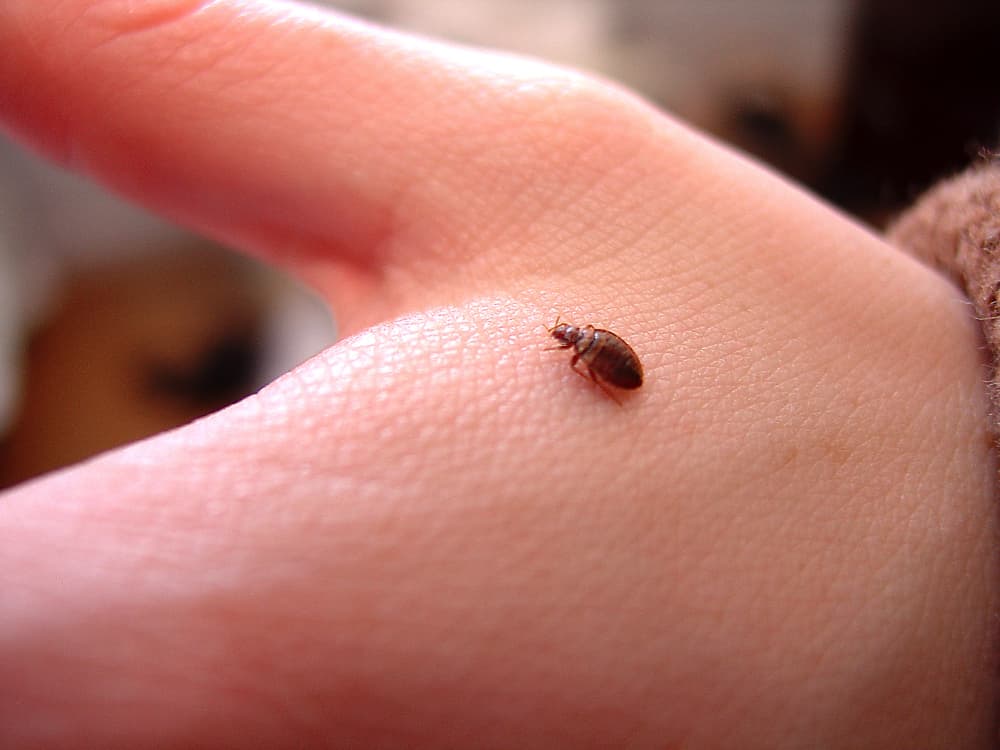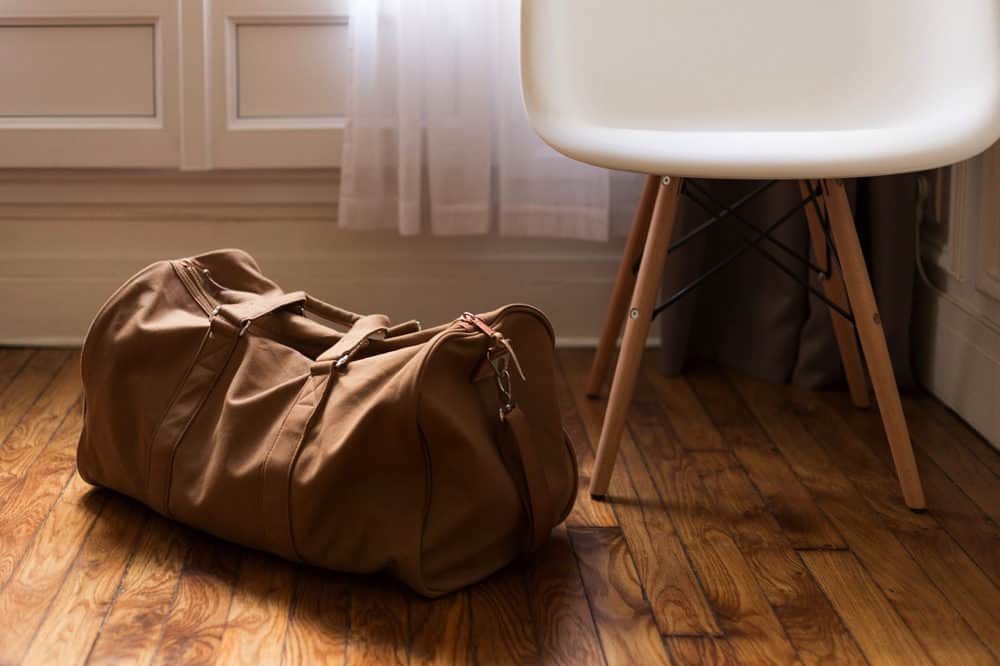How Quickly Do Bed Bugs Spread?
If you are worried that you may have bed bugs in your home, you may also be wondering how quickly they can spread. The answer may concern you, as bed bugs are notorious for multiplying and spreading at lightning speed. It’s critical to deal with the problem as soon as you detect it, in order to prevent a full-blown infestation.
Bed bugs will happily and efficiently migrate on their own. However, they also use humans to help speed things up. With our help, these creatures can spread throughout the home in no time at all. Read on to find out how.
How Fast Do Bed Bugs Reproduce?
Once in your home, bed bugs will begin to reproduce. A single female bed bug can lay around 140 eggs within her lifetime. Not all of these eggs will be laid at the same time, or the same place. Instead, she will lay in small batches at regular intervals.
With this laying pattern, your home will have around 60 infant bed bugs and 40 eggs waiting to hatch, within a month. From one female! Moving into the second month of infestation, there could be around 10 breeding mothers. From here, the numbers escalate, to thousands of nymphs, eggs and breeding adults by the end of the fourth month.
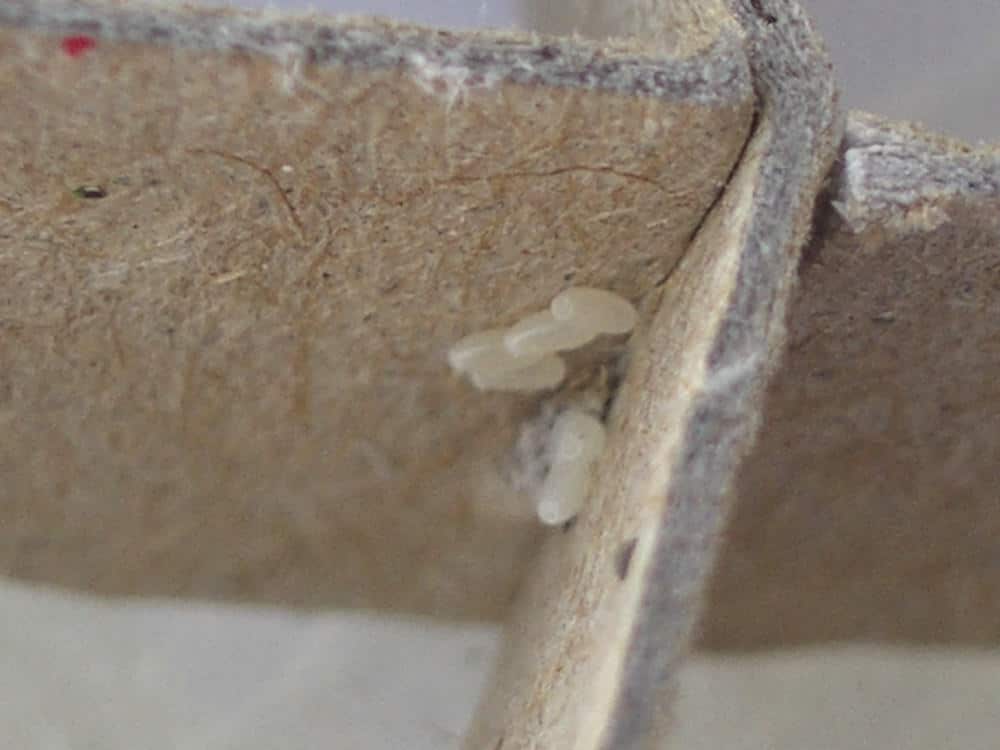
If a bed bug population is allowed to reproduce undisturbed, you could be in real trouble after five or six months. Therefore, it is really important to act as soon as you find a bed bug in your home. These creatures will only continue to grow in numbers and spread throughout your house.
Ways That Bed Bugs Can Spread
Given the speed at which the bed bug population can grow in your home, they will also expand their territory. As new bugs are born and grow, they will spread out, to find new areas to continue breeding. These pests are great crawlers and climbers, so the sky’s the limit when it comes to where these bugs may end up.
The speed at which bed bugs spread throughout your home can also be influenced by you. While they will naturally migrate to different areas of your house, you may be helping them out without knowing it.
Moving Your Furniture
As bed bugs live and breed inside our soft furnishings, moving furniture between rooms is a bad idea. A population that was once thriving in your living room can quickly expand into the bedroom. If you are concerned that there may be bed bugs in a piece of furniture, to decrease your chance of worsening an infestation, don’t relocate it.
While you may be tempted to move your mattress out of your bedroom to treat it, this is also a bad idea. You will only help these creatures find new hiding places and homes. It is best to try and treat bed bugs within the area they have been found in order to increase your chances of containing them.
Crawling
Bed bugs don’t fly, but they are great crawlers. They will easily navigate your house in search of new feeding and breeding grounds. You may not be able to see them on the move though, as they are more likely to come out at night.
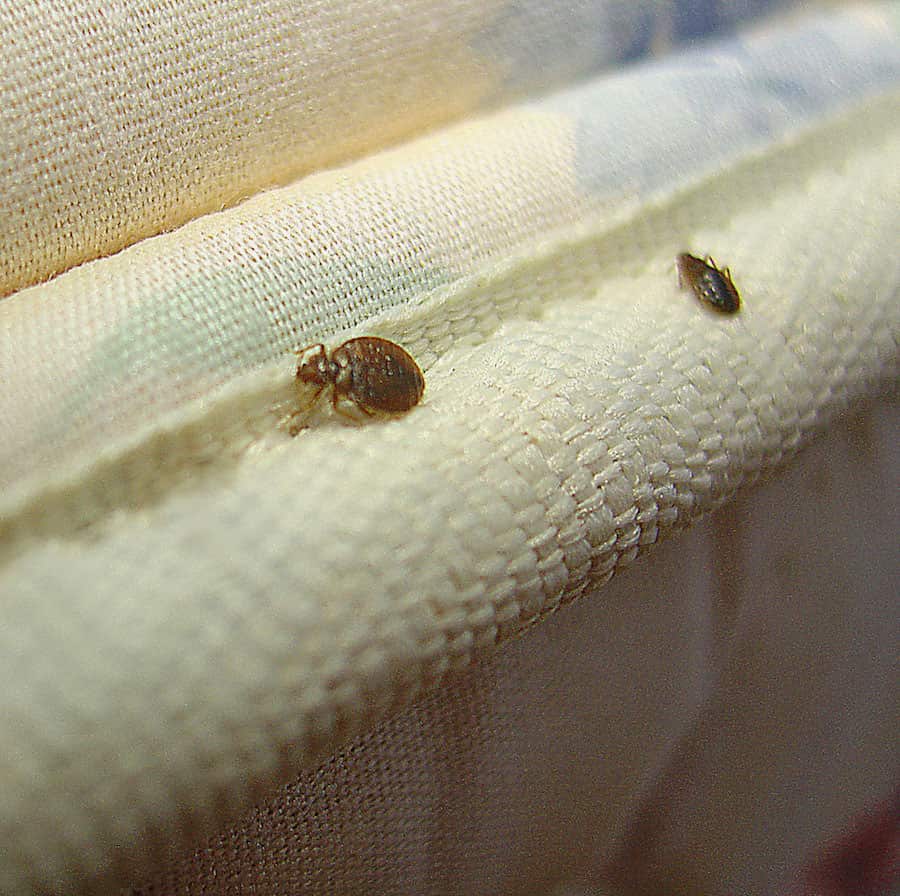
Place food grade diatomaceous earth, a safe-to-use powder, across doorways. This will help prevent bed bugs from accessing other rooms. However, do not depend on this method alone, as bed bugs will also scale walls to get around.
Hitchhiking
This pest is a great hitchhiker. One of the quickest ways they can move around your house is on your clothes or body. If you think about how often you move from room to room on a given day, it adds up.
It only takes one or two bed bugs to hitch a ride to a new room for the problem to grow. Bed bug eggs are very sticky and will cling on to most surfaces and materials. If the bed bugs have laid eggs on your clothes, they can hatch wherever you move to.
Sticky bed bug eggs can also end up on other belongings, including soft toys, shoes, bags, and coats. These are all items that tend to move from room to room within your house. If bed bugs are on your belongings, they can spread throughout the house in a matter of seconds.
How To Get Rid Of Bed Bugs With DIY Treatment Methods
Hiring pest control professionals can be costly, and while it’s usually the best option, there are some preliminary steps you can take to get rid of bed bugs yourself.
1. Carefully bag and wash all of your bedding and clear any clutter around the room. Bed bugs love to hide in piles of clothes, so remove these and wash them before you start cleaning.
3. Use a high-powered vacuum to clean around the bed to take care of stray bugs and eggs. Using a vacuum with a HEPA filter is vital to ensure bed bugs cannot escape once captured. The Shark Navigator Upright Vacuum easily ticks all of the boxes while remaining lightweight and easily maneuverable.
4. Use a specialist, non-toxic bed bug spray to clean your bed-frame, headboard, and surrounding furniture. Bed Bug Patrol Bed Bug Killer is a completely natural spray that has a reported 100% kill rate against live bed bugs in controlled tests, and most importantly, it’s child and pet-friendly.
5. Pull your bed away from the walls and place bed bug interceptor cups under each leg. These will isolate your bed and help to prevent the spread of bed bugs. Additionally, interceptors can serve as tools to help you track progress. Ideally, the interceptors should contain fewer bed bugs every time you empty them. My favorites are these Bed Bug Blocker Interceptor Traps.
6. Using a bed bug mattress protector to encase your mattress will either help to save it if it’s yet to be infested, or otherwise keep bed bugs trapped in and around it until they eventually die of starvation. My favorite is the SureGuard Mattress Encasement which is thick, strong, and will help to stop bed bugs of all sizes from getting to, or from, your mattress. A SureGuard Box Spring Encasement is also available.
7. If you wish to be extremely thorough, specialist bed bug heaters can be purchased to raise household items to a temperature that is sure to kill all bed bugs and eggs. ZappBug is the most popular option, and is designed to automatically reach the all-important killing temperature to eradicate all stages of the bed bugs life cycle. Large and small versions are also available.


